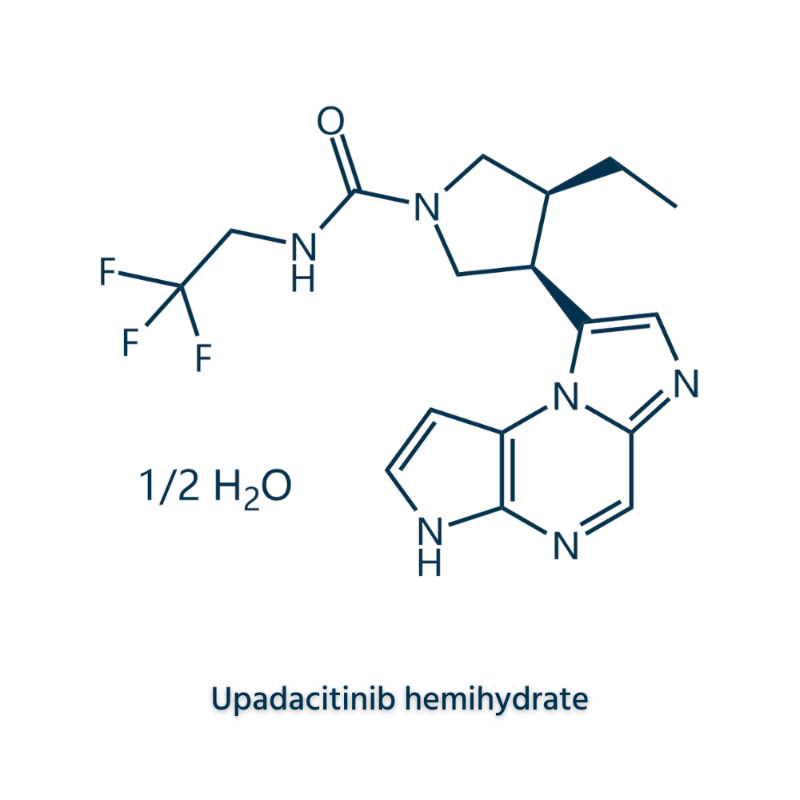-
Categories
-
Pharmaceutical Intermediates
-
Active Pharmaceutical Ingredients
-
Food Additives
- Industrial Coatings
- Agrochemicals
- Dyes and Pigments
- Surfactant
- Flavors and Fragrances
- Chemical Reagents
- Catalyst and Auxiliary
- Natural Products
- Inorganic Chemistry
-
Organic Chemistry
-
Biochemical Engineering
- Analytical Chemistry
-
Cosmetic Ingredient
- Water Treatment Chemical
-
Pharmaceutical Intermediates
Promotion
ECHEMI Mall
Wholesale
Weekly Price
Exhibition
News
-
Trade Service
In the International Journal of Cancer, European Journal of Cancer and other published SCI papers 65, the cumulative impact factor of about 300 points, of which the first or the first author of THE SCI paper 40, the cumulative impact factor of about 180 pointsDeputy editor-in-chief of "Win in the Paper" and participate in "Practical Evidence-based Medicine Methodology"Responsible for the National Natural Science Foundation, China Clinical Oncology Science Foundation and so onWon the second prize of the Ministry of Education for scientific and technological progress, the third prize of the Shanghai Medical Science and Technology Progress Award, and the second prize of the First Forum of Young Scholars of Shanghai Medical CollegeAlthough epidermal growth factor receptor tyrosine kinase inhibitors (EGFR-TKI) have been determined for non-small cell lung cancer (NSCLC) that are positive for The Mutation of the EGFR gene, the optimal dose of the drug has yet to be determined, especially in older or infirm patientsAs a result, the Southwest Cancer Collaboration Group (SWOG) conducted a Single Arm Phase 2 clinical study to explore the efficacy and safety of low-dose urlotinib (Trokai) in the treatment of advanced non-small cell lung cancer that is positive for aging or infirm EGFR mutationsThe trial included non-small cell lung cancer patients who were considered to be infirm eGFR mutation-positive without chemotherapy in 21 Japanese institutions based on age, The Charson Comorbidities Index Score (CCI) and ECOG-PS scoreThe patient was initially given 50 mg/d erlotinib for 4 weeks of treatment, with dose adjustments based on reactions or adverse eventsFor patients with stable condition after 4 weeks, an increase in dose is allowedThe main endpoint of the trial was the objective mitigation rate (ORR) of 50 mg/d doses determined by the Independent Review CommitteeThe study also evaluated the effects of low-dose erlotinib pharmacology and ABCB1 gene polymorphismIn this study, 80 patients were enrolled in the study, with a median age of 80 years (49-90 years) and 54 (68%) in male patientsThe ORR recognized by the Independent Review Committee was 60.0% (90% CI 50.2%-69.2%)The disease control rate (DCR) was 90.0% (90% CI 82.7%-94.9%), the median progressionless survival (mPFS) was 9.3 months (95% CI, 7.2-11.4 months), and the median total lifetime (mOS) was 26.2 months (95% CI 21.9-30.4 months)Mild adverse events were observed in some participants, and few patients exhibited level 3 or more adverse eventsTen patients suspended low-dose erlotinib treatment due to adverse events Five (6%) reduced the dose of urlotinib to 25 mg due to oral mucositis, methagoitis, polymorphic erythema, diarrhea and anorexia Two patients stopped treatment due to adverse events (skin ulcers, bone infections and oral mucositis, respectively) No interstitial lung disease or treatment-related deaths The median plasma concentration of Erotini is 685 (range 153-1950) ng/mL Seventy-three patients stopped studying treatment due to disease progression (n-60), death (n-3), AEs (n-4), and patient requirements (n-6) No significant correlation was observed between the pharmacology of low-dose erlotinib and the therapeutic outcome At the same time, the study divided the patients into three groups using the age-adjusted Charson Comorbidity Index Score (a-CCI) : Group 1, aged 81 and over with a-CCI and PS scores; The results showed that the ORRs of the three queues were 57% (Group 1, 21/37), 71% (Group 2, 20/28) and 47% (Group 3, 7/15), with no statistical difference (P-0.27) PFS and OS in the three groups of patients were: Group 1, 8.6 months (95% CI 5.8-14.0 months) and 22.7 months (95% CI 11.7-26.8 months); 9.20 months (95% CI 3.4-12.4 months) and 18.0 months (95% CI, 6.7-34.9 months) Conclusion: Low-dose erlotinib is a safe and effective treatment option for patients with eGFR mutation-positive non-small cell lung cancer Source: Dr Qiu Lixin







